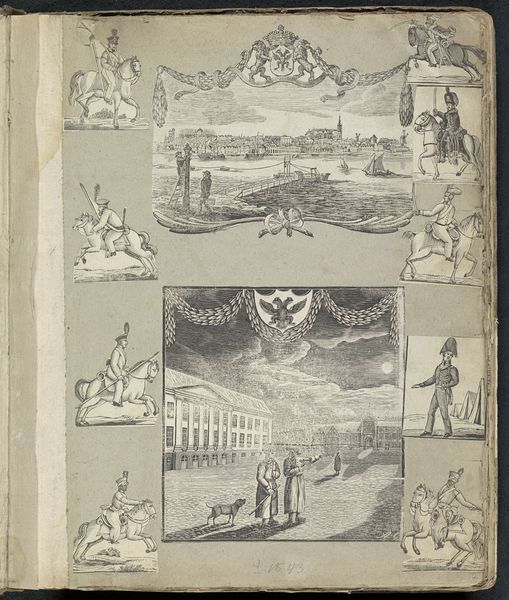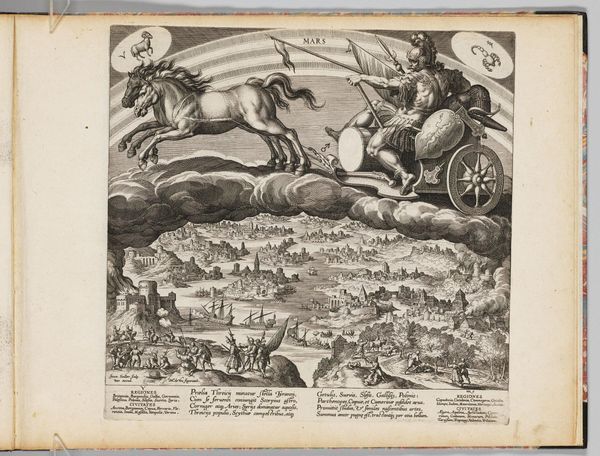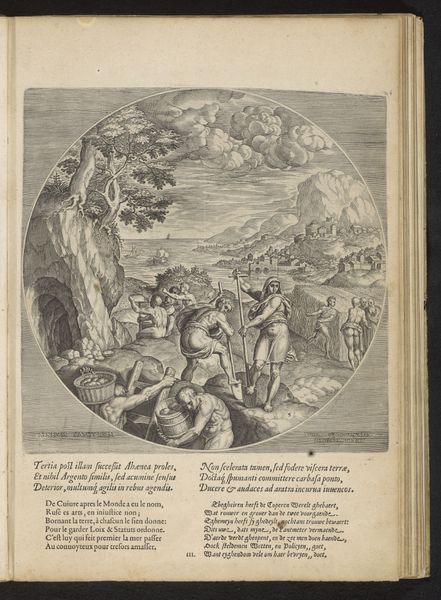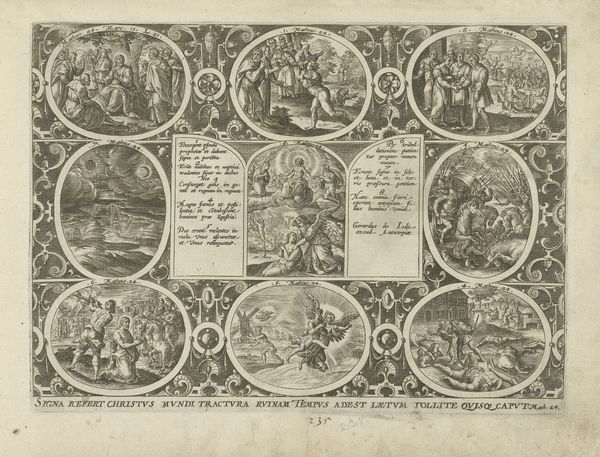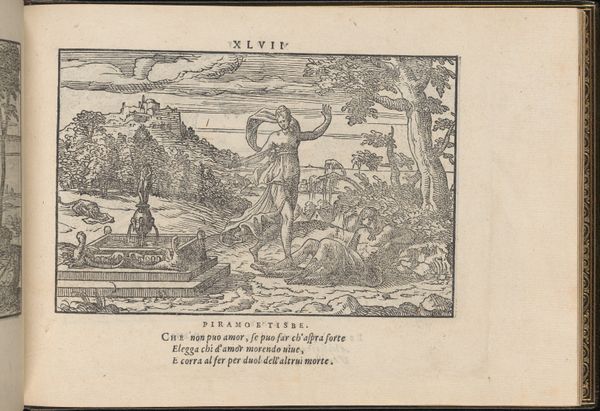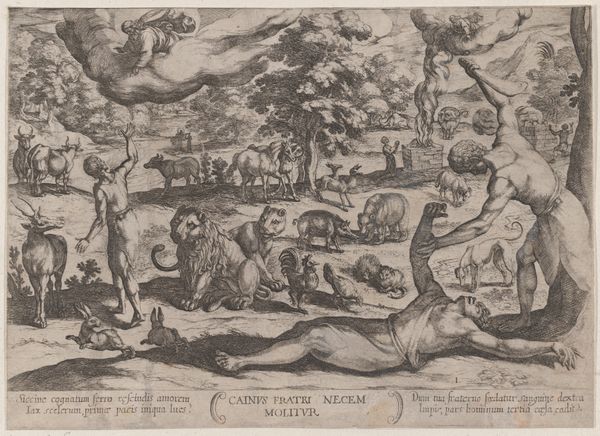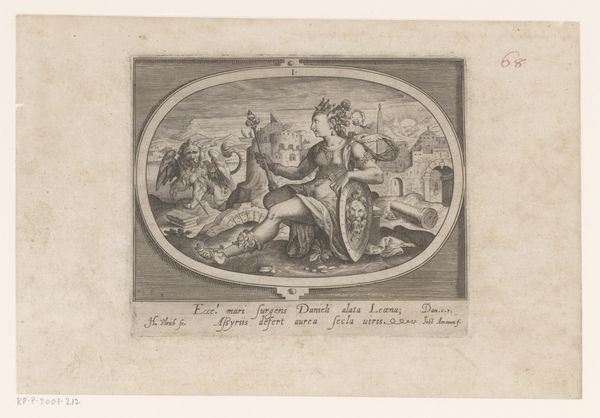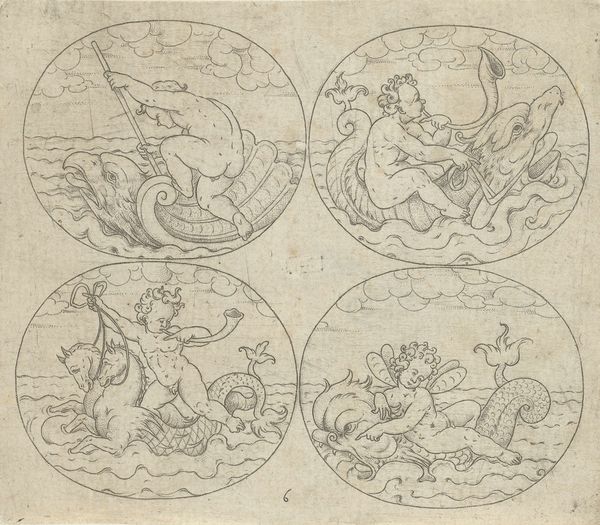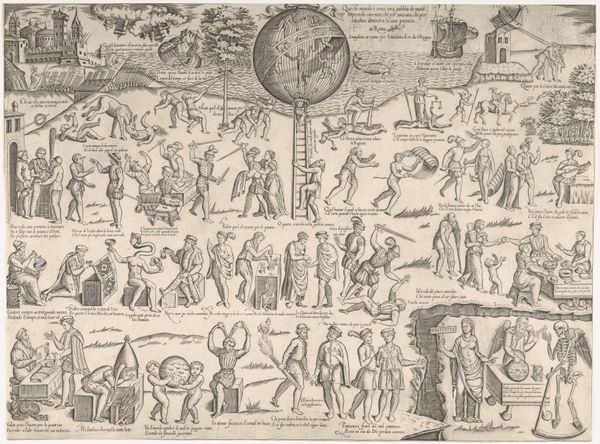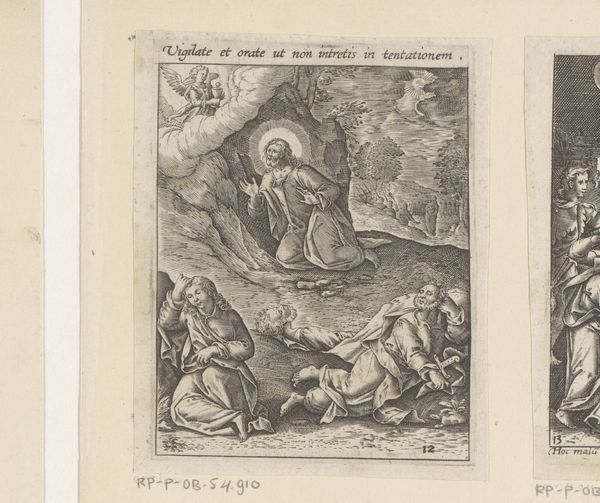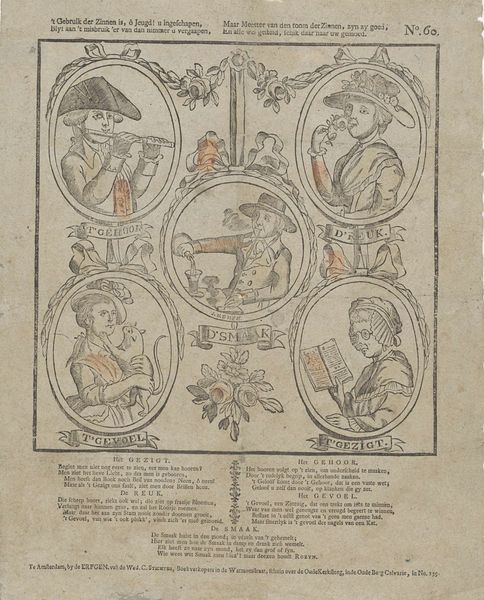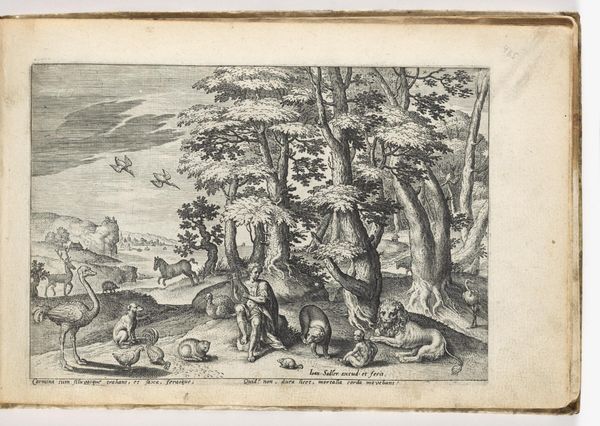
Dimensions: height 278 mm, width 362 mm
Copyright: Rijks Museum: Open Domain
This engraving by Johannes Egbertus van Lieshout, dating from the late 18th century, presents the four seasons allegorically. Each season is represented by a cherubic figure amidst seasonal elements. Spring holds flowers, summer is associated with grain, autumn presents grapes, and winter huddles by the fire. The cherub, or putto, derives from classical antiquity where it represented love and desire, often associated with Venus or Cupid. Yet, these figures appear across cultures from ancient Greece to Renaissance Italy, often used to evoke sentiments of innocence and renewal. The depiction of seasonal allegories, similarly, has roots in ancient Roman art, where seasons were linked to the cycles of nature, agricultural prosperity, and the passage of time. This resonates deeply within the collective memory of cyclical renewal, promising growth and rebirth. The image embodies a psychological longing for order and continuity. By linking the eternal child with the rhythms of nature, Van Lieshout appeals to a deep, subconscious desire to find harmony in the changing world. The persistence of these symbolic forms reminds us that human emotions, like the seasons, return, transform, and endure.
Comments
No comments
Be the first to comment and join the conversation on the ultimate creative platform.
